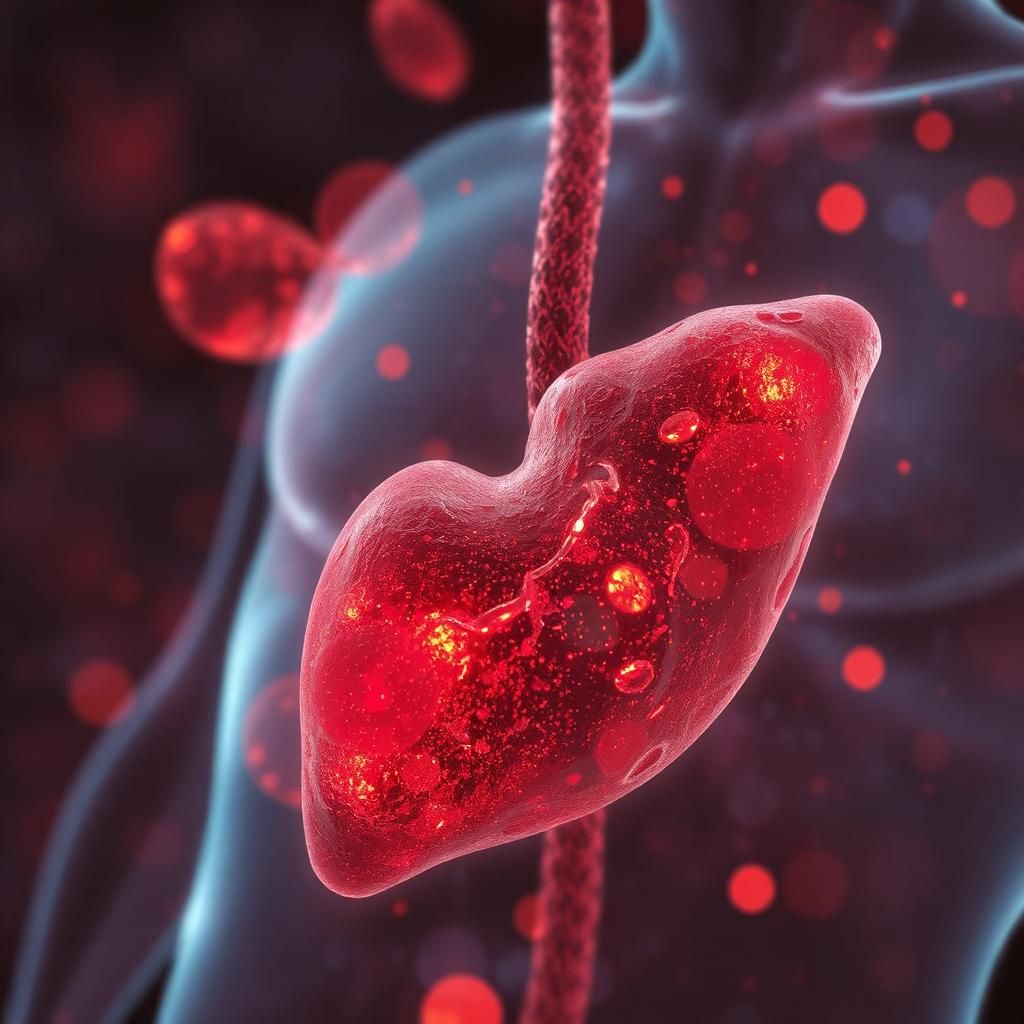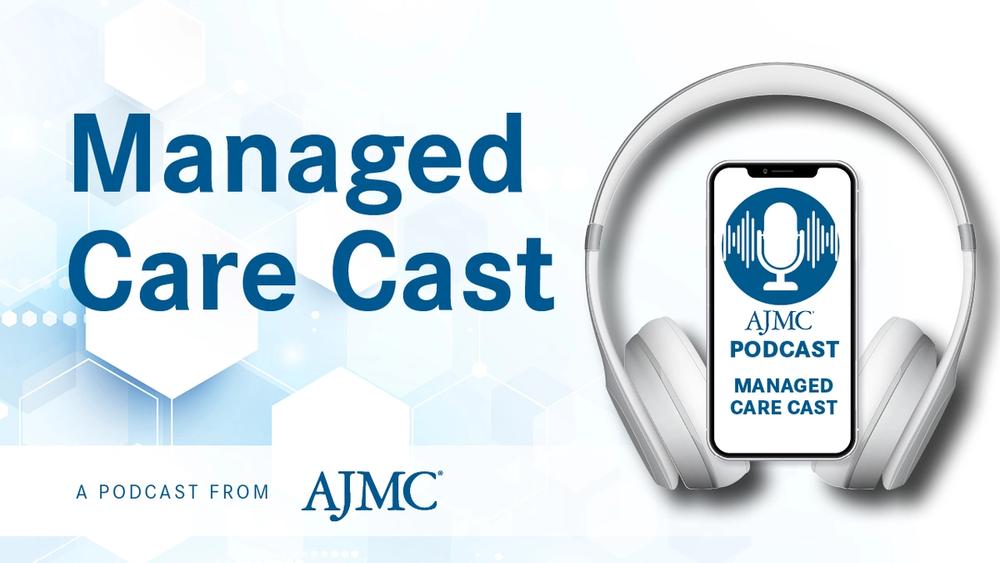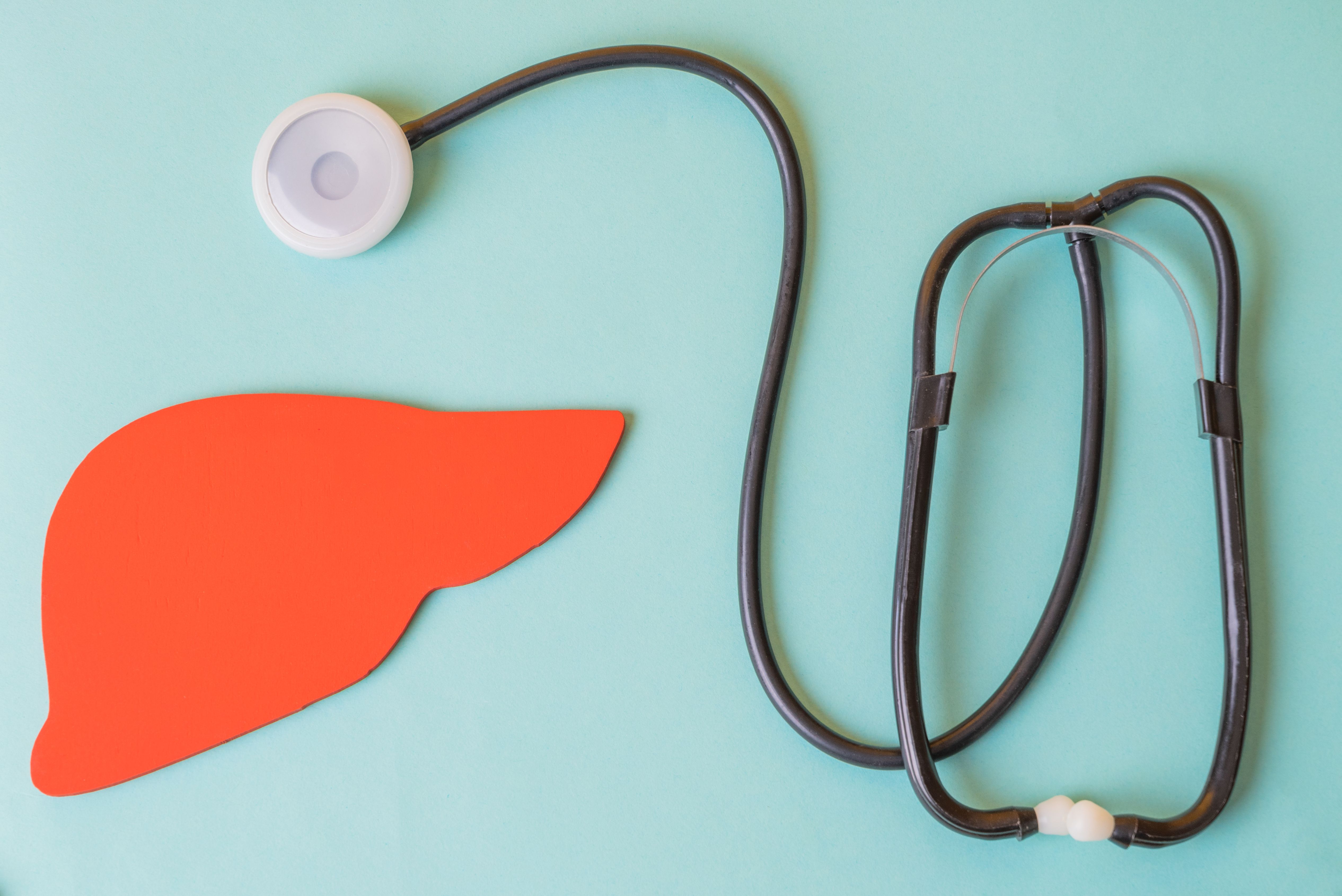News
Article
MASH-Related PLC on the Rise in Young Adults
Author(s):
Key Takeaways
- MASH-related PLC incidence is rising in young adults, linked to increasing metabolic diseases in this group.
- Global Burden of Disease 2021 data shows regional variations, with the Western Pacific and Africa having the highest rates.
- Young males exhibit higher MASH-related PLC incidence and mortality compared to females.
- The study calls for comprehensive strategies to address the metabolic disease epidemic to prevent further increases in MASH-related liver cancer.
As a growing number of young adults with primary liver cancer (PLC) related to metabolic dysfunction–associated steatohepatitis (MASH) age, developing coherent strategies to combat the metabolic disease epidemic is critical.
Age-standardized incidences of metabolic dysfunction–associated steatohepatitis (MASH)-related primary liver cancer (PLC) have risen considerably in younger adult populations throughout multiple regions, stressing the dire need for worldwide mitigation strategies, according to a new study published in Hepatology Communications.1
Cancer has largely been considered a disease of aging. However, as the present authors express, emerging research suggests that cancer incidence is increasing in young adults.2 These populations have also been experiencing growing rates of metabolic diseases.3 “Given the increased prevalence of metabolic diseases in young adults, coupled with the rising trend of cancer in this age group, these factors may have significantly influenced the recent global epidemiology of MASH-associated PLC in young adults,” the authors write.1
Considering these trends, gathering up-to-date data in this area is imperative for informing future health policy and intervention efforts to combat the growing burden of MASH-related PLC.
MASH-related PLC is on the rise in young adult populations, causing concerns about how to best address the metabolic disease epidemic. | image credit: https://gencraft.com/generate

The researchers drew from the Global Burden of Disease 2021 data set, assessing data on the prevalence of nonalcoholic steatohepatitis (NASH)-related PLC, disability-adjusted life-years (DALYs), and mortality between 2000 and 2021. Variations in MASH-related PLC outcomes and incidence were further mined with the use of the Global Health Data Exchange (GHDx) and sociodemographic index (SDI), which allowed for comparisons between sexes, countries, and regions.
In 2021, the worldwide incidence of MASH-related PLC was approximately 4300 cases (95% uncertainty interval [UI], 3310-5510), there was an estimated 3350 deaths (95% UI, 2730-4560), and DALYs were 179,340 (95% UI, 140,050-228,420). In their age-standardized analysis for the same year, the age-standardized incidence rate (ASIR) was 0.11 per 100,000 (95% UI, 0.08-0.14), age-standardized death rate (ASDR) was 0.09 per 100,000 (95% UI, 0.07-0.12), and age-standardized DALYs (ASDALYs) were 4.54 per 100,000 (95% UI, 3.55-5.78), respectfully.
For young adults, MASH-related PLC incidence rose by 1% from 2000 to 2021, mortality rates by 2%, and DALYs by 2%.
Data also revealed that young males exhibited greater MASH-related PLC incidence, death rates, and DALYs compared with females in 2021 (2380 vs 1920, 1940 vs 1610, and 95,780 vs 83,560, respectfully). Similarly, young males also demonstrated higher ASIR, ASDR, and ASDALYs compared with young females (0.12 vs 0.10, 0.10 vs 0.08, and 4.79 vs 4.29, respectfully). From 2000 to 2021, ASIR grew by an annual percent change (APC) of 0.35% in young females (95% CI, 0.25% to 0.46%); however, ASDR and ASDALYs were steady. For younger males, ASIR also rose by an APC of 0.18% (95% CI, 0.08%-0.27%), but the researchers saw decreases in both ASDR (APC, –0.17; 95% CI, –0.34 to 0.00%) and ASDALYs (APC, 0.2; 95% CI, –0.37 to –0.02).
In 2021, the highest incidence of MASH-related PLC (n = 1590), mortality (n = 1180), and DALYs (n = 57,120) occurred in the Western Pacific region. This region also registered the greatest ASIR (0.18; 95% UI, 0.13-0.23). Africa exhibited the greatest ASDR (0.13; 95% CI, 0.09-0.19) and ASDALYs per 100,000 population (6.71; 95% UI, 4.55-9.88).
Compared with 2000, by 2021, ASIR and ASDR increased the most in the Eastern Mediterranean region, registering APC values of 1.46% (95% CI, 1.4% to 1.51%) and 1.28% (95% CI, 1.15% to 1.40%), respectively, whereas the Americas experienced the greatest increase in ASDALYs (APC, 1.3%; 95% CI, 0.97% to 1.64%).
Furthermore, in 2021, young adults residing in countries that fell in the middle of the SDI had the highest incidence (n = 1600), mortality (n = 1300), and DALYs (64,610) linked to MASH-related PLC. The same was true for ASIR (0.13; 95% UI, 0.10-0.16), ASDR (0.10; 95% UI, 0.08-0.13), and ASDALYs per 100,000 (5.15; 95% UI, 4.00-6.59). From 2000 to 2021, those countries that fell in the lower-middle of the SDI exhibited the sharpest increases for ASIR (APC, 1.06%; 95% CI, 1.01% to 1.11%), ASDR (APC, 0.98%; 95% CI, 0.91% to 1.05%), and ASDALYs (APC, 0.91%; 95% CI, 0.84% to 0.98%) in younger adult populations.
Their age-group analysis revealed that ASIR grew for those aged 15 to 19 years by an APC of 0.59%, for those aged 20 to 24 years by 0.41%, and for those aged 25 to 29 years by 0.18%.
“As this cohort of patients with MASH ages, the expected continued increases in MASH-related liver cancer may overcome current decreases in viral hepatitis-related PLC. These findings underscore the necessity for a comprehensive strategy addressing the metabolic disease epidemic to prevent cancer in young adults,” the authors conclude.
References
1. Danpanichkul P, Pang Y, Suparan K, et al. Increased MASH-associated liver cancer in younger demographics. Hepatol Commun. 2025;9(1):e0629. doi:10.1097/HC9.0000000000000629
2. Miller KD, Fidler-Benaoudia M, Keegan TH, Hipp HS, Jemal A, Siegel RL. Cancer statistics for adolescents and young adults, 2020. CA Cancer J Clin. 2020;70(6):443-459. doi:10.3322/caac.21637
3. Arshad T, Paik JM, Biswas R, Alqahtani SA, Henry L, Younossi ZM. Nonalcoholic fatty liver disease prevalence trends among adolescents and young adults in the United States, 2007-2016. Hepatol Commun. 2021;5(10):1676-1688. doi:10.1002/hep4.1760
2 Commerce Drive
Suite 100
Cranbury, NJ 08512
© 2025 MJH Life Sciences® and AJMC®.
All rights reserved.




